Printed circuit board (PCB) forms the basis of most electronic devices. PCBs are quite simple in structure and usually consist of only one or two layers. PCBs are used in many electronic devices such as computer equipment, televisions, radios, cell phones.
PCB is used to mechanically support and electrically connect electronic components. FR-4, a glass-reinforced epoxy laminate material, has good electrical insulating properties and provides excellent mechanical strength. Therefore, it is the most widely used circuit board in various fields.
PCB thickness refers to the thickness of the finished printed circuit board. The thickness of the PCB mainly depends on factors such as the number of layers, copper weight, the substrate used and the operating environment. While there is no official standard for PCB thickness, certain dimensions preferred by PCB manufacturers have become standard practice.
The default PCB thickness for an FR-4 printed circuit board is 1.6mm. However, as circuits become more complex with technological developments, the number of layers and copper thickness increase. This has led to the emergence of 20 layers and thicker PCB options up to 7 mm.
The core of a standard two-layer PCB has a thickness of 1.5 mm. The top layer has a thickness of 0.035 mm, the top solder mask has a thickness of 0.01 mm. Similarly, the bottom layer is 0.035 mm thick and the bottom solder mask 0.01 mm thick. In this way, the total PCB thickness is 1.6 mm.
PCB manufacturers can produce printed circuit boards of different thicknesses. This has some difficulties and disadvantages. Most of the equipment used in the PCB manufacturing process is calibrated to a fixed thickness option. Using a custom thickness means re-adjusting equipment to suit specific requirements. While this is feasible, it will result in a high cost and high turnaround time.
